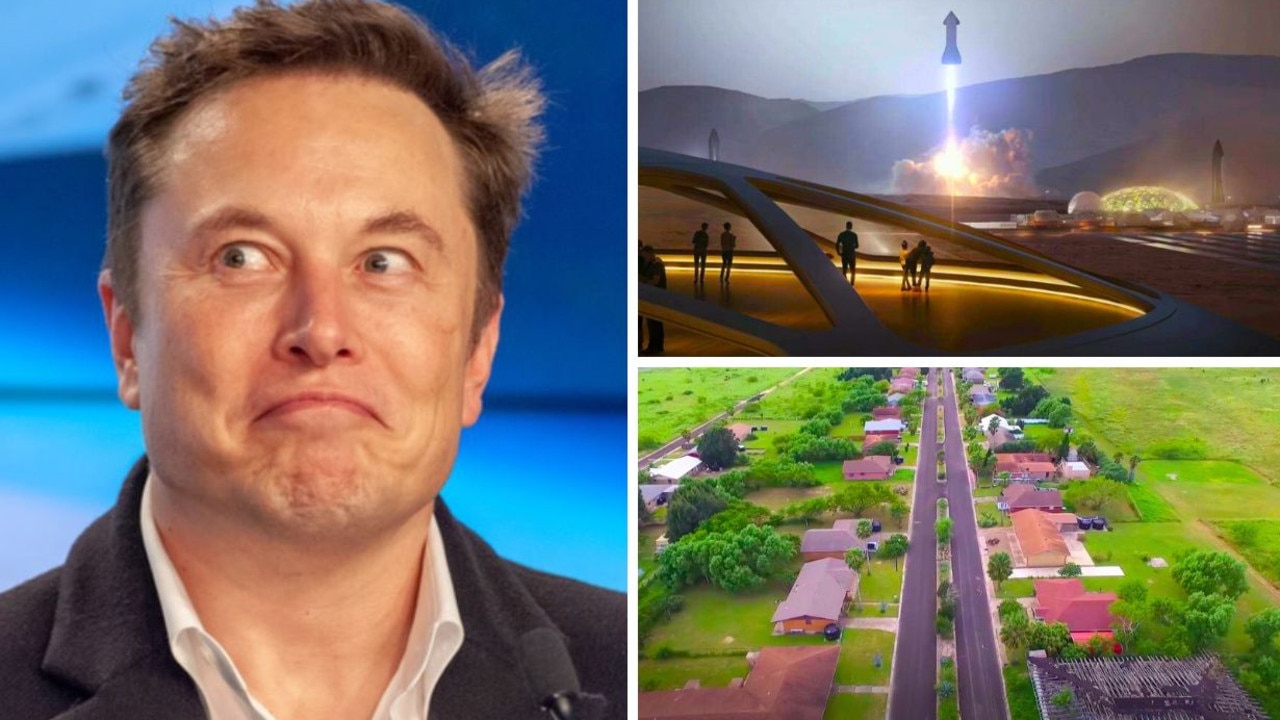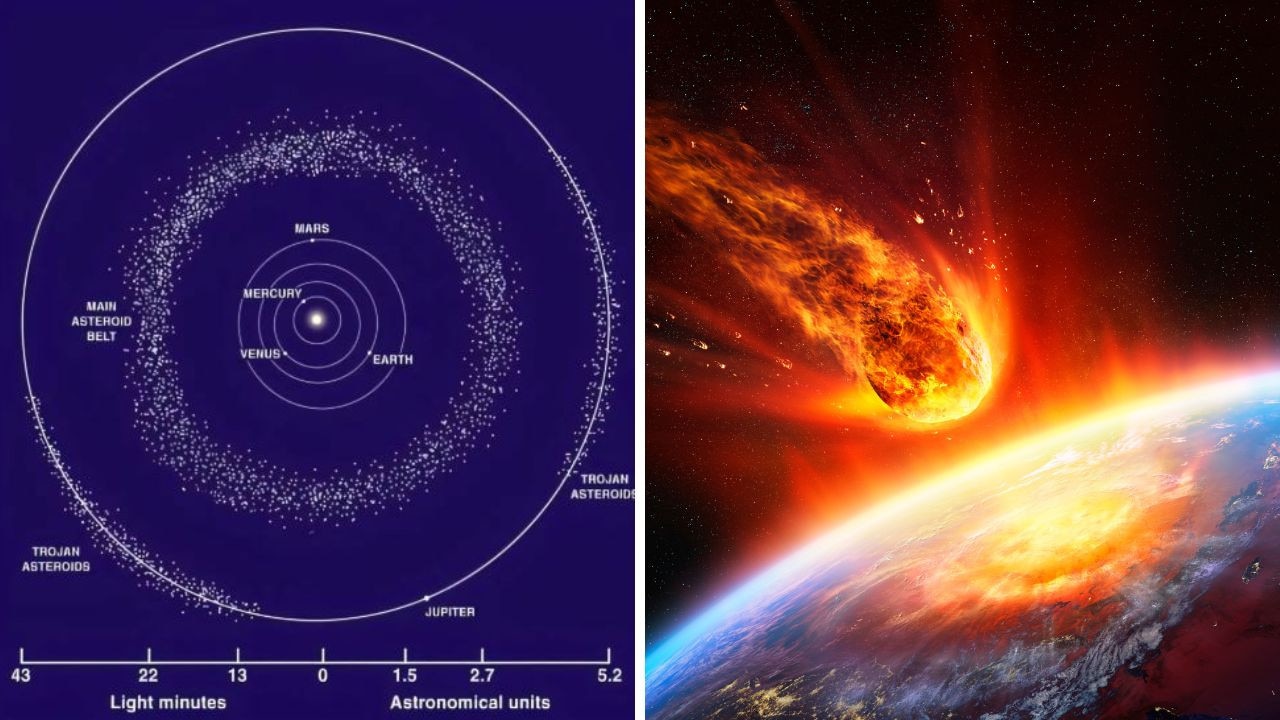Space Force: President Trump wants new arm of military to battle among the stars
THE US military expects to fight a war in space ‘in a matter of years’. And US President Donald Trump wants to set up a new desingated unit to do just that.
EVER wanted to apply to Star Fleet Academy?
In space, bunions won’t make you scream ...
Humour aside, it’s about to become real.
President Donald Trump has declared he wants a new “Space Force” alongside his army, navy and air forces as the battle for world dominance moves overhead.
Trump has just told a gathering of military personnel at the Miramar Marine Corps Air Station in San Diego, California, that he wants one.
“Space is a war-fighting domain, just like the land, air, and sea,” he said. “We may even have a Space Force, develop another one, Space Force. We have the Air Force, we’ll have the Space Force.”
He’s proud of the term.
“I said, ‘maybe we need a new force, we’ll call it the Space Force,’ and I was not really serious. Then I said, ‘what a great idea,’ maybe we’ll have to do that,” he told the Marines.
“So think of that, Space Force … because we are spending a lot and we have a lot of private money coming in, tremendous ... And our service members will be vital to ensuring America continues to lead the way into the stars.”
The President then moved on to another battle closer to home, attacking media attending the address for “fake news” amid cheers from his soldiers and combat pilots.
But the President’s declaration of “Space Force” comes shortly after the prospect of war being fought above our skies “within years” was raised by a top US general.

TO SPACE, AND BEYOND
“I believe we’re going to be fighting from space in a matter of years,” Air Force Chief of Staff General David Goldfein said.
He told the US Air Force Association’s air-warfare symposium in Florida last month that it was “time for us as a service, regardless of specialty badge, to embrace space superiority with the same passion and sense of ownership as we apply to air superiority today.”
He may already be too late.
The establishment of a separate “Space Force command” would take control and responsibility out of his hands.
But his sentiment is clearly being echoed in White House and Pentagon halls of power.
In June last year, Congress suggested the idea of a sixth branch of the military. They want to call it “Space Corps”, and have it attached as a separate unit to the air force much like the navy’s Marines.
For it to warrant the title “Space Force”, Trump’s idea would need to be a completely independent, stand-alone unit.
Both want a unified approach to space, to keep their military ahead of rival nations such as China and Russia.
Clearly the significance of space has been exploding.
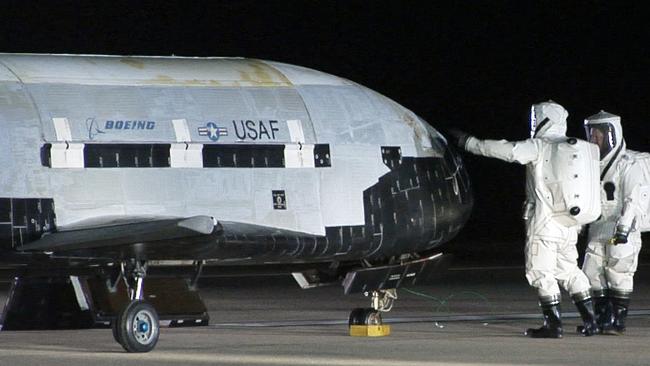
The space industry has been steadily shifting out of the hands of national agencies such as NASA and Russia’s Roscosmos. A multitude of big business players, include the likes of Elon Musk’s Space X, are wielding enormous influence.
And as launching satellites gets cheaper and less easy to control, more and more nations will gain access to its advantages.
“As if we don’t have enough threats here on Earth, we need to look to the heavens — threats in space,” the US director of national intelligence Daniel Coats told the Senate Intelligence Committee.
“All actors will increasingly have access to space-derived information services, such as imagery, weather, communications, and positioning, navigation, and timing for intelligence, military, scientific, or business purposes.”
In October, Air Force Secretary Heather Wilson also emphasised the growing importance of space-based assets, such as GPS, communications and surveillance satellites.
“We need to normalise space from a national-security perspective,” she said.” We have to have all of our officers who are wearing blue uniforms more knowledgeable about space capabilities and how it connects to the other domains.”
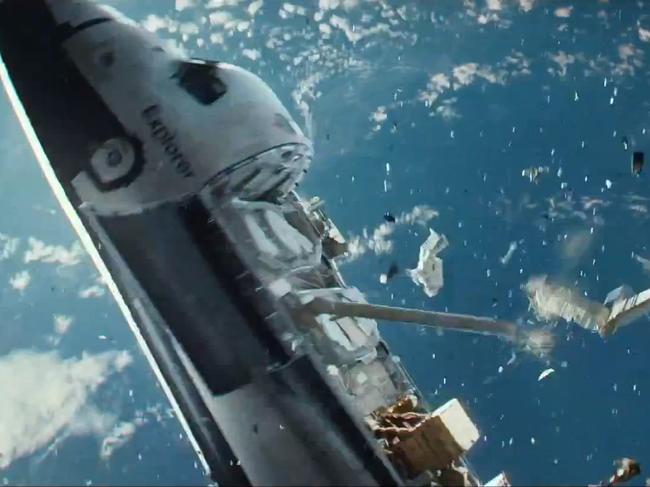
BATTLE BEYOND THE STARS
“We must build a joint, smart space force and space-smart joint force,” General Goldfein said.
It’s a direction the world has been headed in for decades.
Warships and combat aircraft already rely heavily on global positioning systems for navigation. And space-based sensors enable their weapons to reach over the horizon to find targets as difficult as ascending ballistic missiles.
Kill those satellites, and ultra-expensive and ultra-advanced military assets such as the F-35 stealth fighter suddenly lose much of their edge.
For that reason the Pentagon has asked for — and been given — a 20 per cent increase in funding for its space programs. It’s asked for an extra 7 per cent, for a total of $US8.5 billion, for 2019.
In the next five years, the Air Force plans to pump US$44.3 billion into space. And that’s not including US navy and army projects.
Air Force Secretary Wilson recently gave US Congress an indication of where the money will be spent.
Two satellites currently under construction need to be scrapped, she said.
“We have shifted to next-generation missile warning — so a rapid change there to cancel two planned satellites and shift to a defendable missile-warning architecture. Jam-resistant GPS, so GPS III, is in this budget,” she said.
It’s an admission of the extreme vulnerability of those systems already in orbit.
The groundwork to establish a “Space Force” is already underway.
“(The) National Space Defence Center is now set up and established so that we have a common operating picture of what’s going on in space, because unless you know what’s going on you can’t defend it,” Secretary Wilson said.

ART OF WAR
The opening phase of the next World War is likely to be silent.
Deep bunkers will be controlling weapons high above our skies to jam or destroy each other’s satellites.
In space, nobody can hear the scream of metal or the white noise of directed energy.
The outcome?
To the victor goes the technological edge, through the last surveillance and navigation satellites standing.
Perhaps.
“Our budget … includes simulators and war-gaming to train space operators to operate in a contested environment,” Secretary Wilson told Congress. “So there is a lot in this budget.”
It’s a sign of how far the fight for space superiority has to go.
It’s gotten complicated.
Stealth ICBMs. Hypervelocity warheads. Multi-mission space-planes.
These are joining satellite-killer missiles and directed-energy weapons.
Exactly how these interact with each other — and forces and assets in the skies and on the ground — is anybody’s guess.
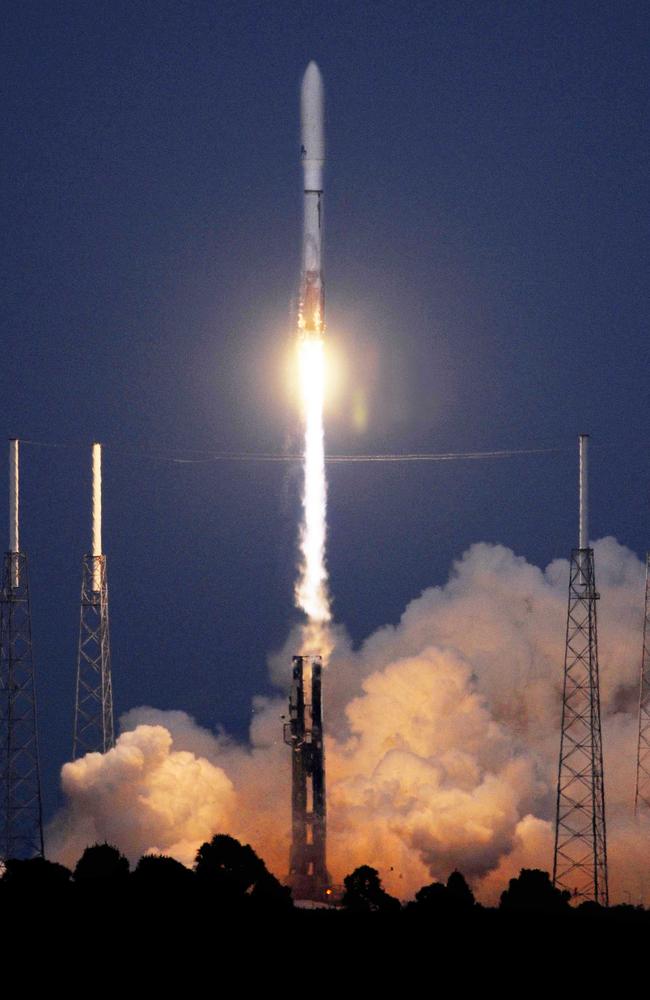
Such a war has never been fought beyond the minds of science fiction authors.
But China has already demonstrated advances in just such a direction, however. It says its building a laser-armed satellite, ostensibly to destroy ‘space junk’. But exactly how breaking big pieces of junk into lots of little pieces helps solve the problem was not explained. It’s already contributed to the problem by destroying a satellite with an air-launched missile.
The US has not been idle. It already has the super-secretive X-37 autonomous space plane doing unknown things in orbit.
The idea of space-based combat isn’t exactly new.
Ronald Reagan proposed the Strategic Defense Initiative Organization, nicknamed “Star Wars.” It’s objective was to shield the United States from incoming nuclear missiles with an array of space-based lasers.
It was a technological impossibility for the time.
But no more.
Now the battle appears to be turning towards who will control the “son of Star Wars” — be it “Space Force” or “Space Corps”.
US air force general Goldfein insists a new arm of the military would just generate added, expensive, bureaucracy and inter-service rivalry.
“We are the service that must lead joint war fighting in this new contested domain,” he said.


